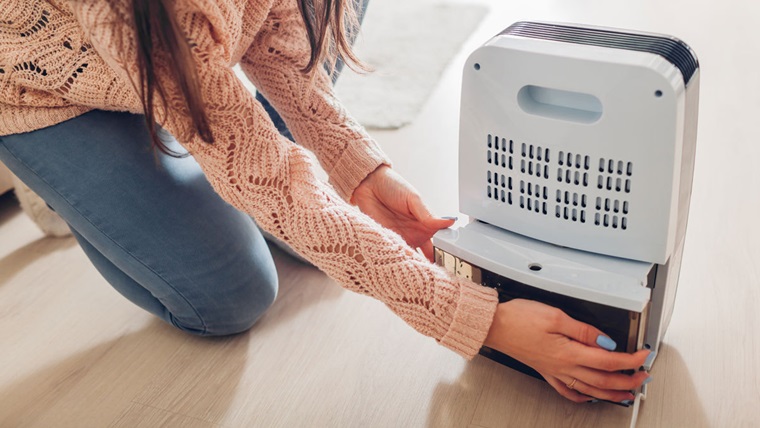Table of Contents
ToggleHow I Keep My Home Comfortable
Maintaining the perfect indoor environment is essential for my family’s well-being.
When-are-dehumidifiers-used to control moisture levels, prevent mold growth, and enhance air quality. They are especially useful in humid climates, basements, and areas prone to dampness, ensuring a healthier living space.
Dehumidifier Usage Statistics
| Application | Percentage |
|---|---|
| Residential Homes | 45% |
| Commercial Buildings | 30% |
| Industrial Settings | 15% |
| Healthcare Facilities | 10% |
For more insights, visit honeywell.com.

Leave a Reply